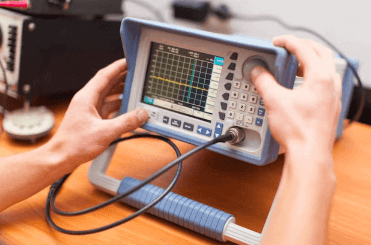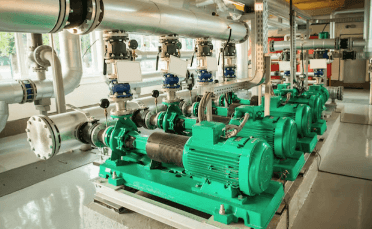Question
a.
at full load
b.
at which there will be no damage to the runner
c.
corresponding to maximum overload permissible
d.
at which the turbine will run freely without load
Posted under Mechanical Engineering
Interact with the Community - Share Your Thoughts
Uncertain About the Answer? Seek Clarification Here.
Understand the Explanation? Include it Here.
Q. The runaway speed of a hydraulic turbine is the speed
Similar Questions
Explore Relevant Multiple Choice Questions (MCQs)
Q. The cavitation in a hydraulic machine
View solution
Q. The type of centrifugal pump preferred for a specific speed of 20 r.p.m. is
View solution
Q. If the net positive suction head (NPSH) requirement for the pump is not satisfied, then
View solution
Q. A turbine develops 10000 kW under a head of 25 metres at 135 r.p.m. Its specific speed is
View solution
Q. The power of a centrifugal pump working under constant head and discharge increases with the speed.
View solution
Q. Which of the following pump is successfully used for lifting water to the turbines?
View solution
Q. Which of the following is not a reaction turbine?
View solution
Q. A jet of water is striking at the centre of a curved vane moving with a uniform velocity in the direction of jet. For the maximum efficiency, the vane velocity is __________ of the jet velocity
View solution
Q. The width of the bucket for a Pelton wheel is generally __________ the diameter of jet.
View solution
Q. Which of the following statement is correct ?
View solution
Q. For 450 m head of water, __________ shallbeused.
View solution
Q. The action of a centrifugal pump is that of a reversed reaction turbine.
View solution
Q. The centrifugal pump preferred for a specific speed between 80 to 160 r.p.m. is
View solution
Q. The speed ratio in case of Francis turbine varies from
View solution
Q. A Kaplan turbine is preferred for a specific speed of 300 to 1000 r.p.m.
View solution
Q. A jet of water enters and leaves a fixed curved vane tangentially. The force of the jet along normal to the vane is (where α and β = Inlet and outlet angles of the jet respectively)
View solution
Recommended Subjects
Are you eager to expand your knowledge beyond Mechanical Engineering? We've handpicked a range of related categories that you might find intriguing.
Click on the categories below to discover a wealth of MCQs and enrich your understanding of various subjects. Happy exploring!








